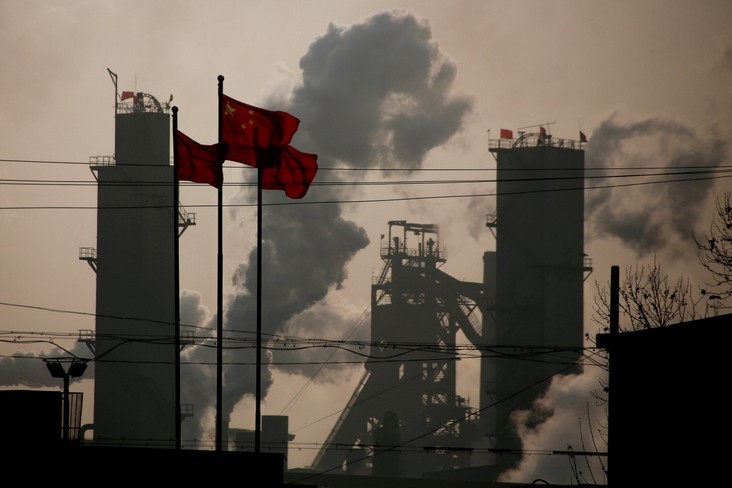Kategori : ELECTRICITY ENERGY NEWS, ENERGY AGENDA NEWS, ENERGY EFFICIENCY NEWS - Tarih : 09 November 2020
The COVID-19 pandemic has created what can be termed a critical juncture from the perspective of the low-carbon transition. 1 Nations have the opportunity to use their economic recovery plans to accelerate this transition. Whilst some countries, generally the more developed economies, are putting
forward green recovery plans, governments of many lower income countries are more concerned about short-term issues such as employment and livelihoods. As an upper-middle-income country, China might be expected to build on its recent successes and accelerate the pace of its low-carbon energy
transition.
Like most countries, China has faced serious economic and social challenges in the wake of the COVID19 pandemic. These challenges include economic growth, employment and poverty alleviation. The sources of these challenges are both domestic and international. The trade conflict with the United
States is prominent among the latter. China continues to be the largest emitter of carbon dioxide from
energy in the world. Until recently, the government has been relatively successful in constraining the
rise of these emissions through a mix of economic, energy and technology policies.
This trend appeared to be under threat in October 2019 when Prime Minister, Li Keqiang, argued that China should make better use of its domestic resources of coal, oil and natural gas to enhance national security of energy supply,2 presumably in response to the trade conflict. In contrast, almost one year later, in September 2020, President Xi Jinping announced that China would achieve carbon neutrality by 2060.3 These two, apparently contradictory policy announcements, bracketed the launch and delivery of the national economic recovery plans.
Source: “Does 2020 mark a critical juncture in China’s low-carbon energy transition?”, Oxfordenergy





